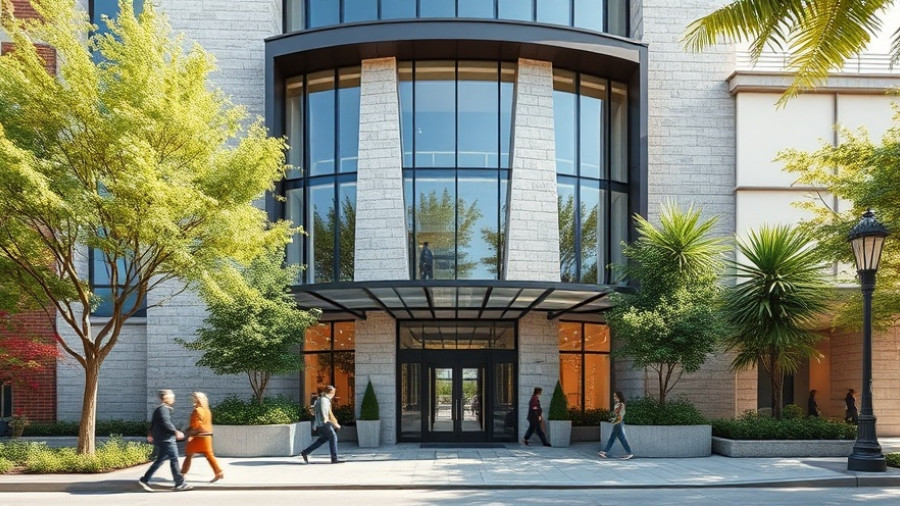
A Rising Concern: Mental Health in the Construction Industry
In recent years, the construction industry has faced a staggering increase in mental health issues, notably becoming a leading cause of death within this sector. The national suicide rate in construction trades far exceeds that of other professions, igniting a proactive movement among Architecture, Engineering, and Construction (AEC) firms towards heightened mental health awareness and support programs. This shift not only highlights the growing recognition of mental health as a crucial part of workplace safety but also emphasizes the need for a supportive work environment.
Building Blocks for Better Mental Health
Firms across the country are exploring various initiatives to improve mental health conditions among their workers. Many companies are introducing Employee Assistance Programs (EAPs) that offer free and confidential counseling services, mental health workshops, and training for managers to identify and respond to signs of distress in their teams. These programs are critical as they promote a culture where discussing mental health is normalized, allowing workers to seek help without fear of stigma.
Technology Meets Mental Health
As technology continues to transform the construction landscape, several firms are integrating mental health support through innovative platforms. Apps that provide meditation and stress relief tips, or platforms that connect workers with mental health practitioners virtually, are on the rise. By utilizing technology, these solutions not only reach workers on-site but also offer 24/7 access to resources, making help more accessible than ever.
The Role of Leadership in Mental Health Initiatives
Leadership commitment is paramount in the success of mental health initiatives within construction firms. When leaders openly discuss their own mental health challenges and prioritize wellbeing, it instills a sense of trust and fosters an environment where employees feel safe to express their struggles. The construction industry needs more leaders who can advocate for mental health as a workplace priority, ultimately transforming company culture.
Insights from the Field
One example of a successful mental health initiative can be seen in a prominent construction management company that recently implemented a comprehensive mental wellness program. Workers report a significant increase in morale and productivity, as team members feel valued and supported. Moreover, a culture of openness around mental health has reduced absenteeism and turnover rates, providing valuable lessons for other firms.
Future Trends in Mental Wellness Support
Looking ahead, the focus on mental health in construction is expected to expand further. As awareness continues to grow, industry stakeholders are likely to invest more resources into mental health training and support systems, potentially leading to legislative changes that enforce mental health protections in the workforce. Emphasizing preventative measures over reactive solutions will be pivotal in creating a safer, healthier workplace for all construction professionals.
Empowering Workers Through Resources
If you are a worker in the construction industry or know someone affected by the mental health crisis, it’s essential to recognize that resources are available. Reach out to your company’s HR department to learn about available EAPs and other support systems or connect with local mental health organizations that specialize in helping workers in high-stress environments.
Conclusion: Join the Movement for Change
As the construction industry continues to confront the mental health crisis, it is crucial for both workers and companies to collaborate towards solutions. By advocating for mental health resources and nurturing an environment that prioritizes employee well-being, we can forge a path to healthier and more productive workplaces. Reach out today to learn more about how to promote mental health in your company or join the conversation in your contracting community.
 Add Row
Add Row  Add
Add 




Write A Comment